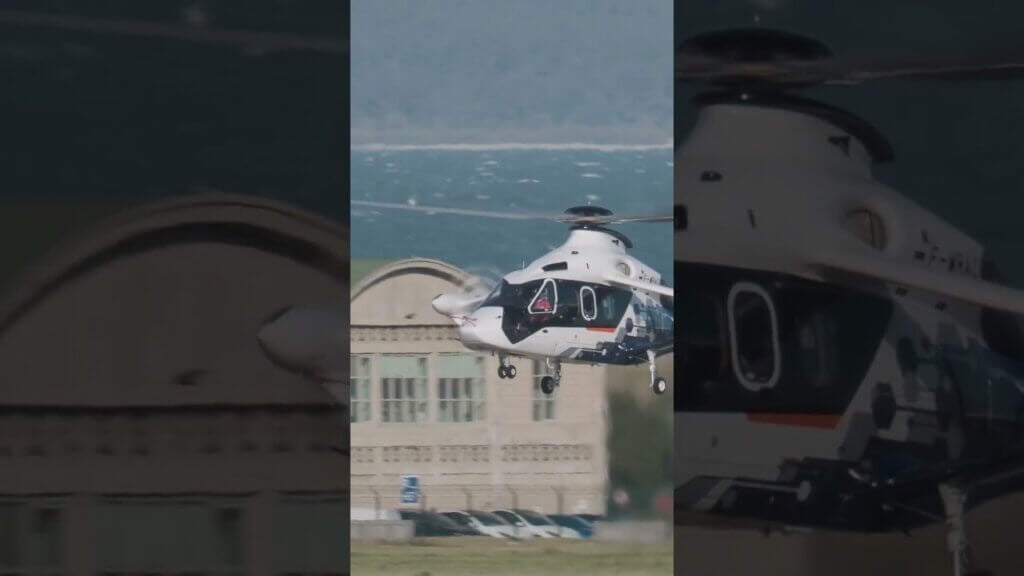
Marines and sailors with marine Light Attack Helicopter squadron 367 maintain a busy workload week in and week out in Hangar 101 aboard Marine Corps Air Station Kaneohe Bay, Hawaii.
The squadron’s mission is to maintain each aircraft and complete assigned missions, as well as maintaining force readiness and be prepared to deploy at a moment’s notice.
Known as “Scarface,” HMLA-367 is equipped with two types of aircraft: The AH-1W Super Cobra helicopter and UH-1Y Huey helicopter.
Both helicopters are equipped with weapons from the nose to the tail, making “Scarface” a lethal fighting force in the air.
“Hueys are amazing machines,” said Lance Cpl. Killian Desbois, a Huey crew chief with HMLA-367, and a 22-year-old native of Courtland, Va. “While they’re primarily a utility helicopter they provide great support with close ground operations. We can land and insert a small team of Marines on the battlefield, take off and cover them with air support.”
Although pilots are the ones flying the aircraft, they need someone to watch their back, ensure the aircraft runs as smooth as possible. That’s where the crew chiefs come in. Every flight is an important one, so the crew chiefs inspect the entire aircraft before powering up and taking off.
“As crew chiefs, the most important thing we do is serve the pilots when we’re in the air,” said Lance Cpl. Keith McLaughlin, a Huey crew chief with HMLA-367, 23, from Santa Fe, Texas. “When we’re not flying or getting ready to fly, we assist the pilots in the inspection and maintenance of each aircraft. It’s our job to make sure everything is read before takeoff so there aren’t any unexpected problems when we get in the air.”
As the pilots and crew chiefs launch from the flight line in their aircraft, maintenance Marines stay on the ground to help guide the pilots down the runway to take off.
“Scarface” conducts numerous flight operations throughout the week to sustain familiarity with the aircraft.
The squadron has been an integral part of MCAS Kaneohe Bay operations and the Asia-Pacific region through its two years of service aboard the base.
Though the unit is rarely at full capacity and often stretched thin with personnel, “Scarface” still manages to complete its required annual Marine Corps training, flight training and aircraft inspections as well as participating in various exercises and deployments.
“With the Marine Corps beginning to shift its focus back to the west, we’re going to be busy with plenty of training and operations,” Desbois explained. “’Scarface’ has only been a part of MCAS (Kaneohe Bay) for a couple of years, but I think we’ve already proven we’re a vital asset in the Pacific.”









